ccdan
TPF Noob!
I'm brand new to the forum looking for some help on photography! Guess I came to the right place..lol. Anyways, I work for a custom wheel manufacture doing there web/graphic work. I do have some decent photography skills in everyday outside photos but here at work I need to shoot some photos of new model wheels in a whiteroom. I spend time reading the camera's manual finding out how to adjust shutter speed, ISO, things like that and research what each did. Seems like finding out the ballance between them all is the trick to every great photo but take time. Anyways, we have a decent size white room setup here to take photos of the wheels. Since 90% of the wheels we produce are fully polished almost chrome looking reflections are a big deal. The white room seams to do the job with that but I think we need to spend some money on lighting to get it right. Also been taking photos in RAW format seems to help with editing WB etc and getting the wheels looking perfect.
My Goal:
- Take Stock Photo of Wheel(s)
- Have Minimal Reflections
- Solid White Background
- Not Make the Wheel Look FAKE/Rendering
Here are some photos of the most decent shots have I take here yet on a black background. Please give me your thoughts on them and what I can do to improve them. Finals will be taken on a white background which as I understand lighting is very important. http://www.ccwheel.com/misc/gm%20505a/
Questions I have (taking photos on white background):
- For a TRUE white background need the following correct?
- white backdrop
- wheel good distance from backdrop (how far?)
- good lighting on background to overexpose it (what kind of lights, wattage, and how to do it with out reflecting on the polished wheel)
- light on the wheel (what kind of lights, wattage, and position)
Any suggestions comment or examples will be greatly appreciated!
My Goal:
- Take Stock Photo of Wheel(s)
- Have Minimal Reflections
- Solid White Background
- Not Make the Wheel Look FAKE/Rendering
Here are some photos of the most decent shots have I take here yet on a black background. Please give me your thoughts on them and what I can do to improve them. Finals will be taken on a white background which as I understand lighting is very important. http://www.ccwheel.com/misc/gm%20505a/
Questions I have (taking photos on white background):
- For a TRUE white background need the following correct?
- white backdrop
- wheel good distance from backdrop (how far?)
- good lighting on background to overexpose it (what kind of lights, wattage, and how to do it with out reflecting on the polished wheel)
- light on the wheel (what kind of lights, wattage, and position)
Any suggestions comment or examples will be greatly appreciated!


![[No title]](/data/xfmg/thumbnail/42/42480-70a0d1b3ccdeb380098dd12f512b4a17.jpg?1619740195)
![[No title]](/data/xfmg/thumbnail/37/37604-7ad625e983f92f880eb65a264eeef5e4.jpg?1619738148)

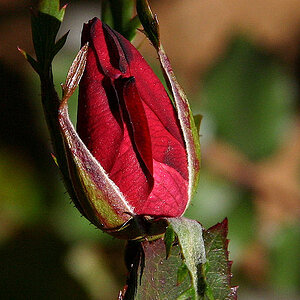
![[No title]](/data/xfmg/thumbnail/32/32705-430f9656769ce9d03c57fbe11537d5f5.jpg?1619735608)
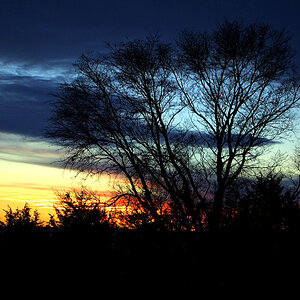
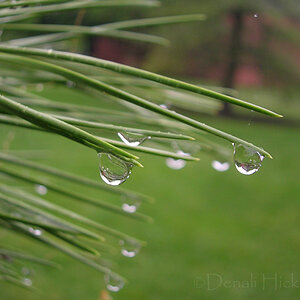
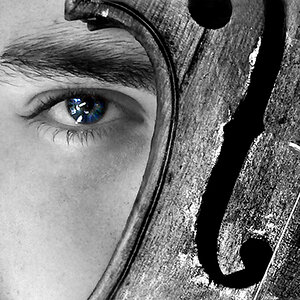
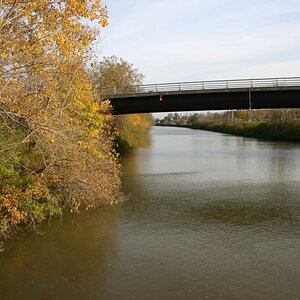
![[No title]](/data/xfmg/thumbnail/38/38743-ad854d502dddc7f41a927f1731a504cd.jpg?1619738704)
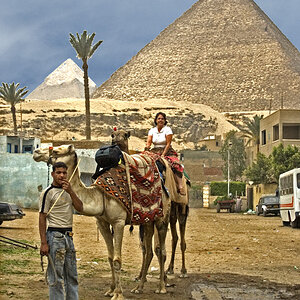
![[No title]](/data/xfmg/thumbnail/42/42482-3d0e794a92737ca7ecbc8125874457aa.jpg?1619740195)